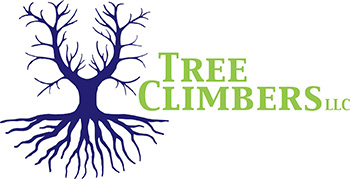Because each cut has the potential to change the growth of the tree, no branch should be removed without a reason. Common reasons for pruning are to remove dead branches, to remove crowded or rubbing limbs, and to eliminate hazards. Trees may also be pruned to increase light and air penetration to the inside of the tree’s crown or to the landscape below. In most cases, mature trees are pruned as a corrective or preventive measure.
Routine thinning does not necessarily improve the health of a tree. Trees produce a dense crown of leaves to manufacture the sugar used as energy for growth and development. Removal of foliage through pruning can reduce growth and stored energy reserves. Heavy pruning can be a significant health stress for the tree.
If people and trees are to coexist in an urban or suburban environment, then we sometimes have to modify the trees. City environments do not mimic natural forest conditions. Safety is a major concern. Also, we want trees to complement other landscape plantings and lawns. Proper pruning, with an understanding of tree biology, can maintain good tree health and structure while enhancing the aesthetic and economic values of our landscapes.
